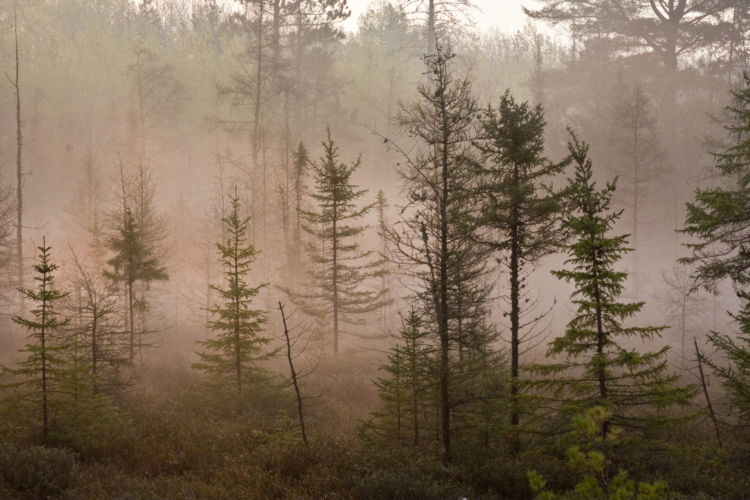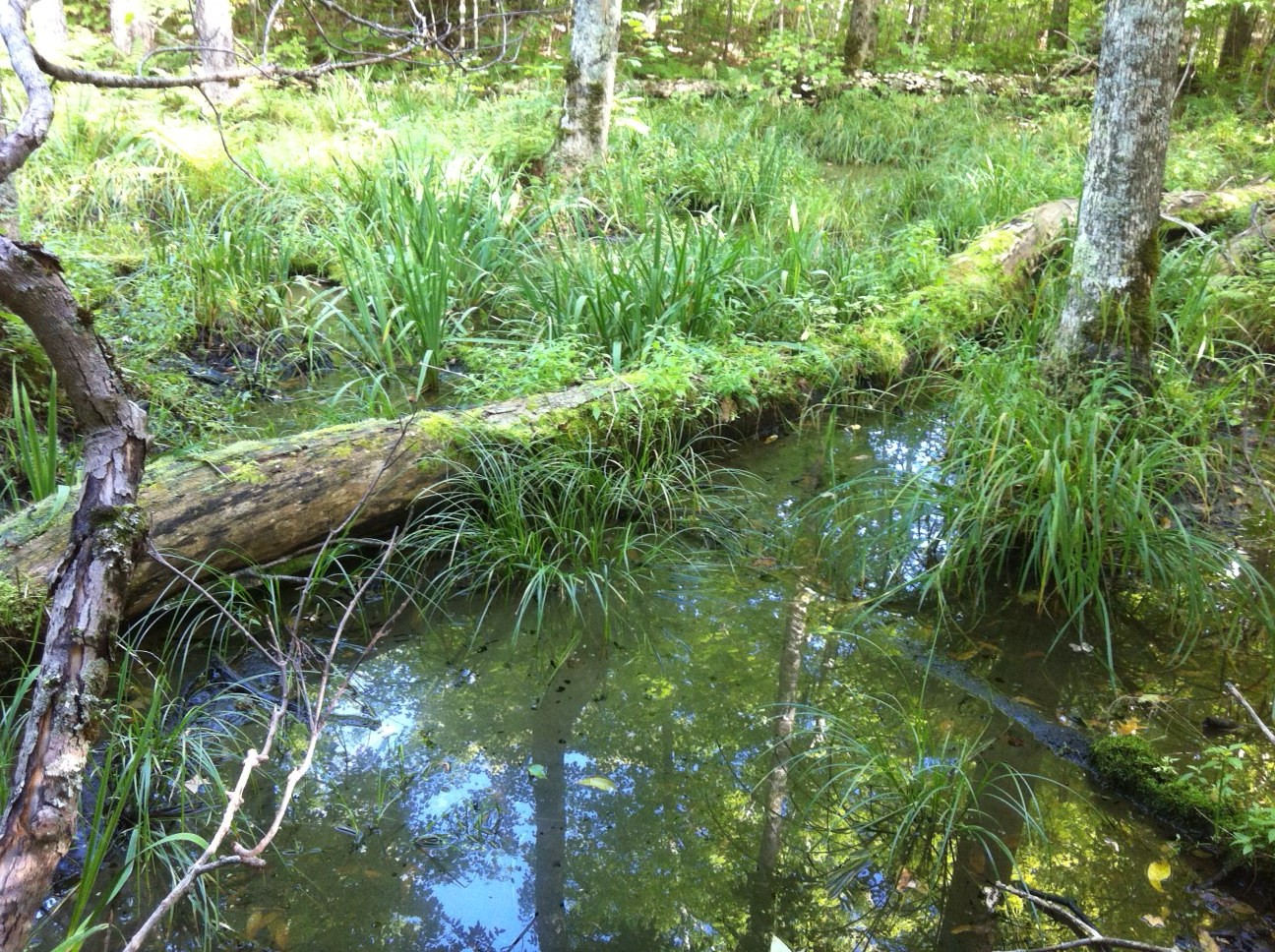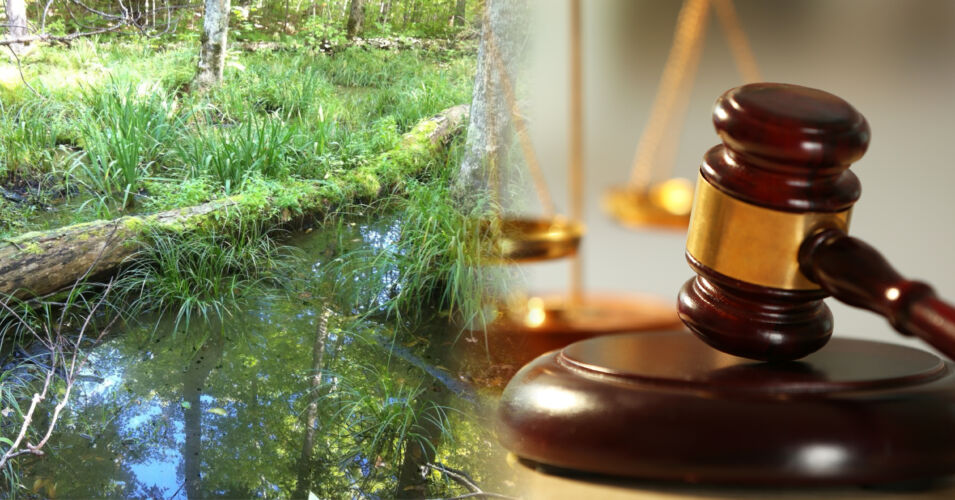A 2001 U.S. Supreme Court decision in the case SWANCC v. the U.S. Army Corps of Engineers interpreted a provision of the Clean Water Act that was the basis for the federal wetlands permitting program. The decision led to the removal of federal protections for “isolated waters” (including isolated wetlands). While all wetland practitioners know the impact of the SWANCC decision on wetland jurisdiction, few people know the backstory of the site that led to this monumental court decision. Join ecologist Vince Mosca to learn some of the unique facts about the site in Bartlett, IL, and failed wetland permitting attempts to provide context for how we got to where we are today.
Vince Mosca, Ecologist, Hey & Associates, Inc.
Recorded August 27, 2021
Vince Mosca is Vice President and Senior Ecologist at Hey & Associates. He has been involved with thousands of wetland and ecological assessment projects over the past 30 years in northeastern Illinois and Wisconsin. He graduated from Northland College with a bachelor’s in biophysical environmental studies and chemistry and holds a master’s degree in ecosystem studies from UW-Green Bay.
Related Content
Myth-busting misconceptions about “isolated” wetlands
Wisconsin Wetlands Association statement on Sackett vs EPA
Wetland Coffee Break: Implications of the Sackett decision for Wisconsin: Early takes from the front lines




